Aventon’s been a steady name in the e-bike space for years, building rides that strike a practical balance between cost and capability. They’re not out to overhaul the basics—just delivering solid, no-frills electric bikes that won’t drain your wallet. Enter the Sinch 2.5, the latest take on their folding fat-tire e-bike.
This isn’t a full rethink of the Sinch.2; it’s more of a mid-cycle refresh, tweaking the spec sheet to iron out some rider complaints and lift the ride quality. So, what’s new? Key upgrades like a shift to hydraulic brakes, a sharper rear derailleur, and a suspension seatpost that makes the saddle a lot easier on the backside.
But, do these changes push it into must-have territory for your next e-bike? I’ve logged my time on enough frames and motors to know what holds up, and I’m here to cut through the chatter with a real take on whether this folder earns its keep in your garage—or your RV.
My Experience Riding The Aventon Sinch 2.5 E-Bike
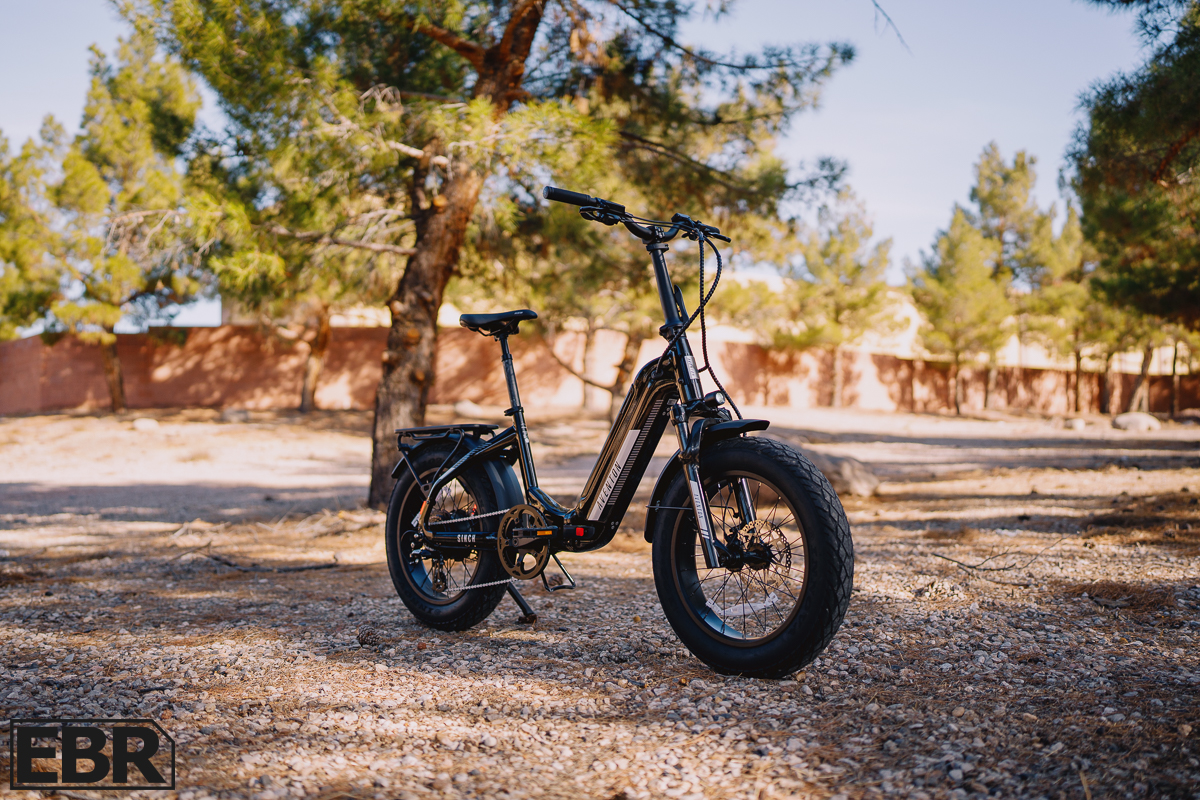
My time on the Aventon Sinch 2.5 started with an easy leg-up, thanks to a step-through frame with a low 15.35-inch entry height—perfect for hopping on without a stretch. The short reach and relaxed geometry set you up in a comfy, upright position, none of that hunched-over race posture here, just a clear view of the road ahead.
The 20×4-inch Innova tires look slick at a glance, but a closer peek reveals a subtle sipping tread pattern that grips wet pavement when Mother Nature turns on the sprinklers. They roll quiet and smooth, with barely any resistance despite their beefy footprint, soaking up minor bumps so you’re not rattling around—pure confidence on tap.
That wide stance pairs sweet with a plush saddle and a front suspension fork tossing in 45mm of travel, making this a rig that feels dialed for comfort. I even veered off-pavement for some town shortcuts, though the slicker tread had me adding Slime to the tubes—goatheads down here in southern Utah are a flat’s best friend.
Power-wise, the 500W hub motor and 60 Nm of torque held up solid. I pushed it up a punchy 9% grade and lost about 3 mph off the 20 mph throttle cap, then tackled a quarter-mile 5-7% climb with just a 1.5 mph dip. For most towns’ typical hills, that’s plenty of grunt—San Francisco’s double-digit grades might beg for more, but that’s not most of us.
The real standout? Hydraulic disc brakes—a massive leap over the Sinch.2’s mechanicals, stopping crisp and sure. Add in full lighting, turn signals tucked into the seat stays, fenders, and a rear rack, and this thing’s commuter-ready out of the box. The Sinch 2.5’s a dependable folder that keeps you rolling with a grin—solid power, smooth ride, and practical perks intact.
Range
Estimated Range (from Aventon):
- Up to 55 miles
Real World Range Test Results:
- MIN PAS: 56 miles
- MAX PAS: 38 miles
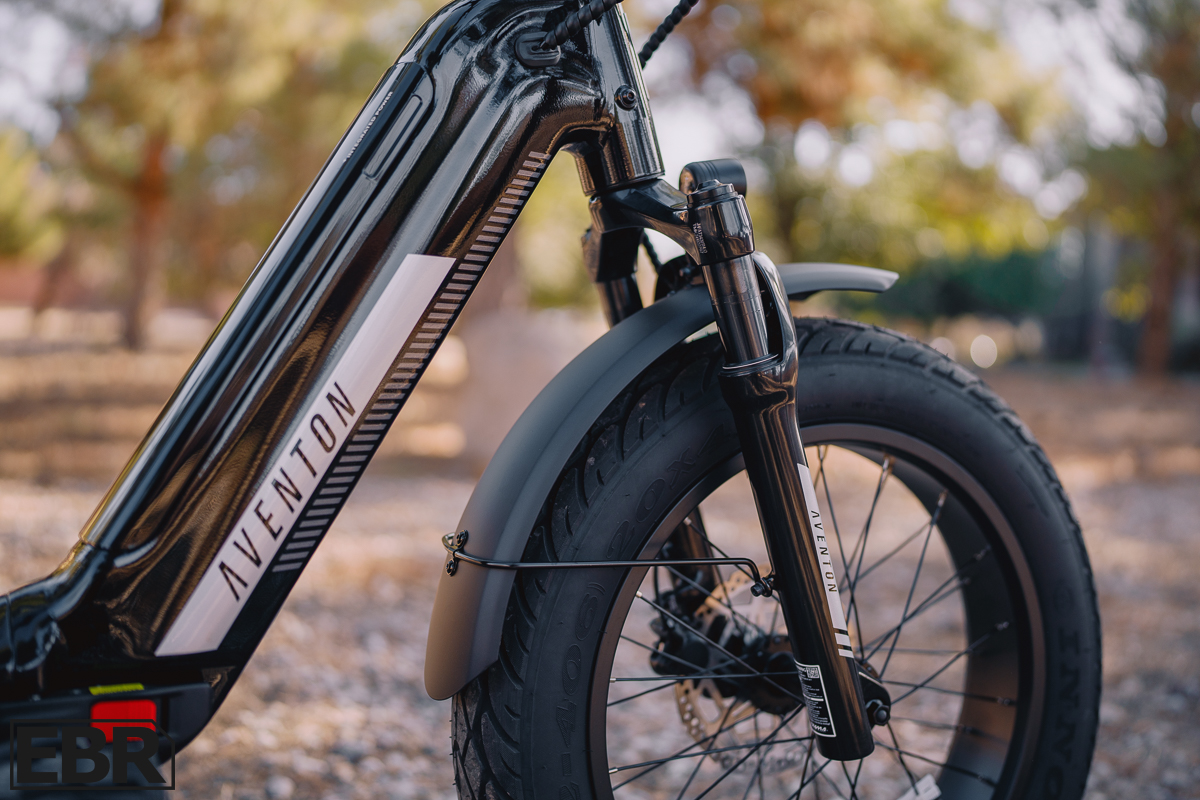
Range is the big question with any e-bike—how far can you push it before the battery cries uncle? Aventon puts a ‘Up to 55-mile’ estimate on the Sinch 2.5 with pedal assist, which sounds decent, but paper claims don’t mean much until you’re out there spinning the cranks in the real world. So, I took this folding fat-tire rig for a real-world test on a mix of city streets, some rolling hills, and a stretch of gravel to keep it honest in my Southern Utah backyard.
At the lowest pedal assist setting, PAS 1, I squeezed out 56 miles, just nudging past Aventon’s number. Crank it up to PAS 5, and I clocked 38 miles before the battery started blinking. That’s with minimal throttle use—left-hand placement is slick, but leaning on it will tank your range faster than a downhill bomb. The 672Wh battery and torque sensor keep things smooth on low assist, stretching those miles for casual cruises or commutes. Max assist, though, chews through juice when you’re grinding up inclines or fighting wind.
Aventon’s 55-mile claim holds up if you’re light on the assist, but real life—terrain, rider weight, weather—will swing those numbers. For a folder with 20×4-inch tires and a 500W hub motor, the Sinch 2.5’s range is solid, not earth-shattering. You’ll get 50+ miles dialing it back to PAS 1, or 35-40 hammering PAS 5. It’s enough for most rides, but if you’re plotting epic treks, plan your charging stops.
Power (Motor & Battery)
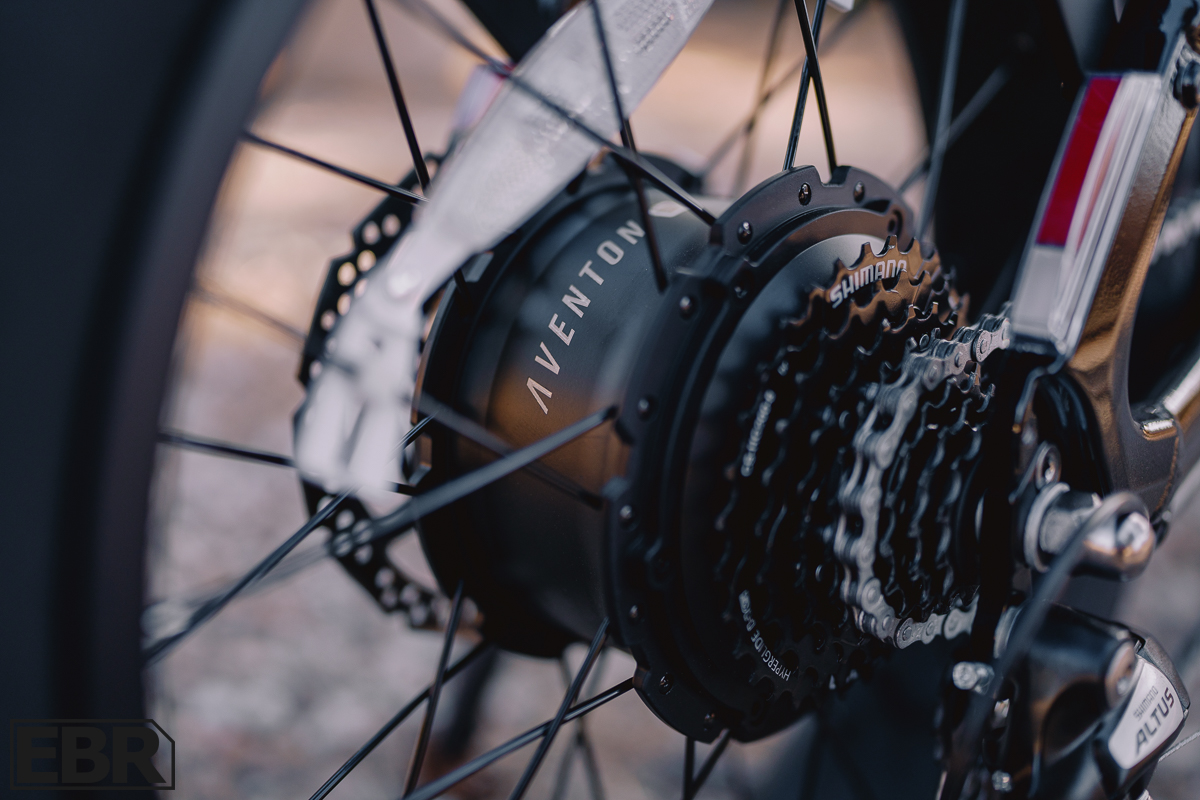
Power and motor are what drive an e-bike, and the Aventon Sinch 2.5 packs a setup that’s worth dissecting. It’s running a rear-hub motor with a steady 500W nominal output, peaking at 1056W, its a respectable level of muscle for a folding rig. That’s paired with a 636.4Wh battery using LG cells, a solid power bank that keeps you rolling without feeling excessive for this class and its UL 2271 Certified.
Torque sits at 60 Nm, not enough to haul you up a sheer wall, but it’s got the grunt to push a fat-tire hauler through city streets or moderate climbs without complaint. The real gem here is the torque sensor. Ditch those clunky cadence sensors that just blast power when you spin—this one tracks your effort and feeds assist with a smooth, natural flow. No surging, just a seamless tie-in to your pedaling that makes the ride feel less like a robot’s doing the work. That smart delivery also stretches your range, a clear edge over less refined systems.
You’ve got five PAS levels to dial in the assist, from a gentle nudge on PAS 1 to a serious shove at PAS 5. Ships as Class 2, capped at 20 mph for throttle and assist—standard and street-legal out of the gate. Need more speed? The Aventon app (more on that later) lets you switch to Class 3 and hit 25 mph with a couple taps. For a folder with 20×4-inch tires, this powertrain holds its own around town or even on light trails. It’s not built to slay massive hills or set speed records, but it delivers practical oomph and control that suits most riders. If you want a folding e-bike with a motor that punches its weight without overpromising, the Sinch 2.5 keeps it honest.
Components
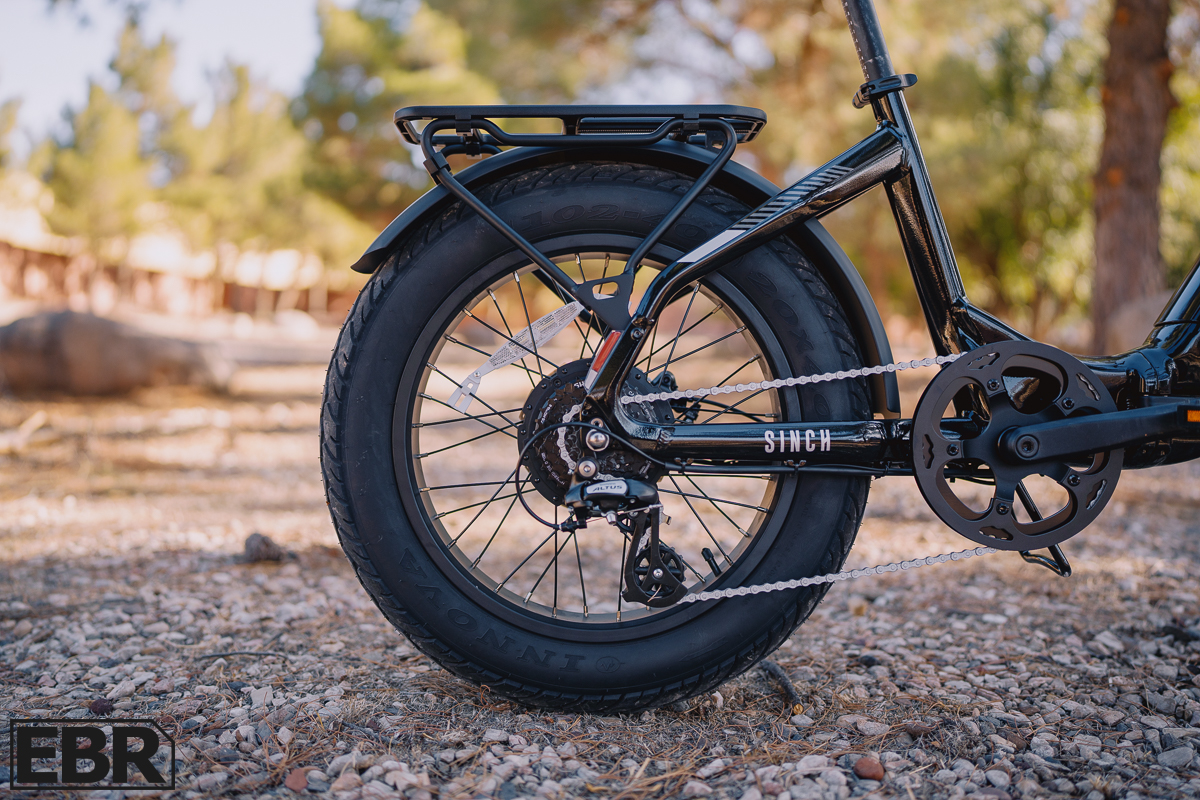
The frame’s a 6061 alloy folder—sturdy enough to handle a 300-pound payload, which is solid for tossing on gear or a heftier rider without flexing. Up front, you’ve got an Aventon-branded coil fork with 45mm of travel and 34mm stanchions, plus a lockout option. It’s not a plush trail fork, but paired with those 20×4-inch Innova tires with a commuter tread pattern that’s enough to soak up potholes or gravel chatter without diving too deep. The 20-inch alloy wheels keep the package tight and nimble, a must for a folder that’s gotta stash easy.
The drivetrain’s a workhorse setup: Shimano Altus 8-speed rear derailleur, a 48T chainring, and a 12-32T cassette, shifted via trigger levers with a window for gear checks. It’s not high-end, but Altus brings smooth, reliable shifts that’ll hold up assuming you’re not abusing the bike. The 170mm alloy cranks are fairly standard these days and they are mated to folding plastic pedals, another common practice in folding e-bikes.
On the cockpit, a telescoping stem and 660mm alloy handlebar give you some adjustability, though the glued-on Aventon grips might not be everyone’s favorite, especially if you’re the type to buy upgrades to contact points like grips like I do. The suspension seatpost—350mm, 30.9mm diameter—adds real comfort over the old Sinch.2, smoothing out bumps the fork doesn’t catch, and the Aventon saddle’s wide enough for long hauls. Pedals are composite folders, 9/16-inch, folding clean with the frame.
Braking’s where the components really shine on the Sinch 2.5 with its new upgraded Tektro hydraulic disc brakes with 2-piston calipers and 180mm rotors. That’s a big step up from mechanicals of the last Sinch.2 giving me crisp, controlled stops with less hand fatigue. For a folding e-bike at this price, the components strike a practical balance—nothing fancy, but built to roll reliably for commuters or casual riders without overcomplicating the ride.
Screen / User Interface / App
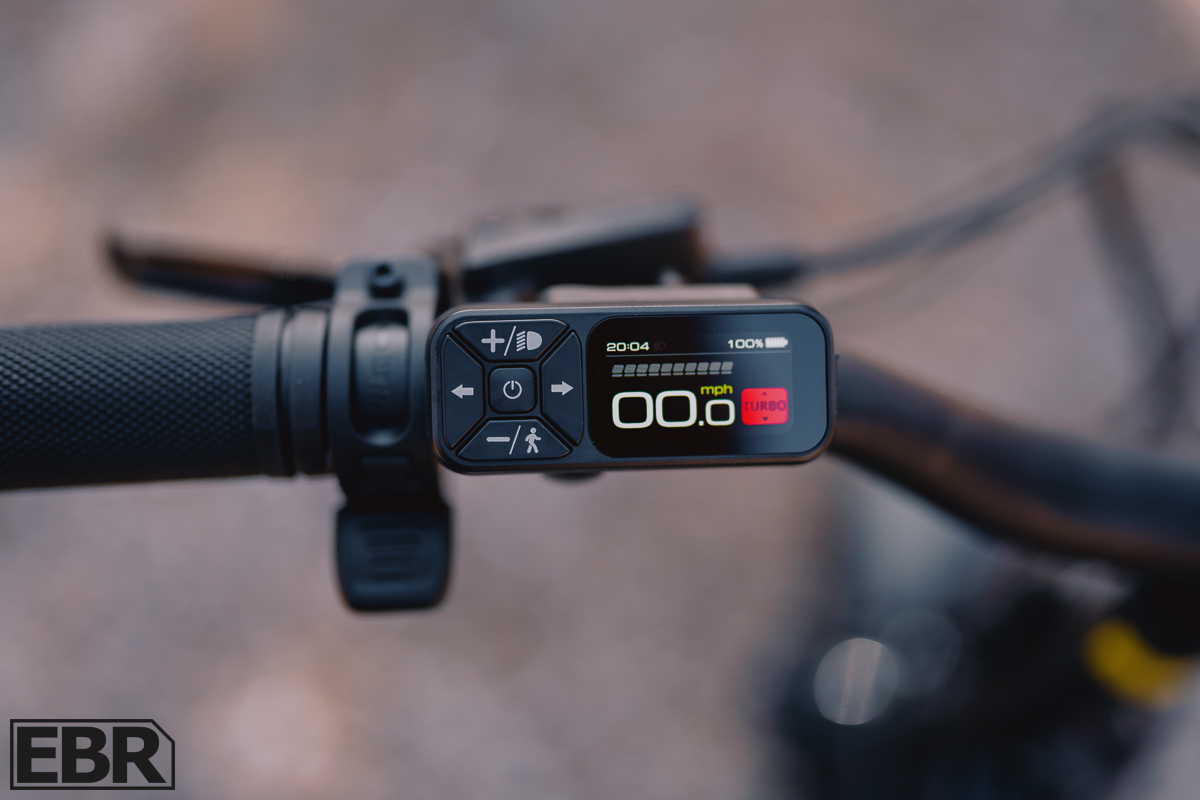
The display and app setup on an e-bike can make or break your ride, and the Sinch 2.5’s got a fresh take worth chewing over. Aventon’s swapped out the old Sinch.2’s screen for their new BC147 display—a slimmed-down unit they say pulls design cues from the MP3 player era. It’s sharp, bright, and packs a premium feel in a tidy little package that doesn’t hog handlebar real estate.
Compared to the clunkier last-gen display, this one’s a step up in looks and build, with weather and water resistance to shrug off should it get wet. There’s even a USB-C port for charging your phone on the go, a handy touch for longer hauls. Full disclosure, though—the font’s on the small side. If your eyes aren’t sharp, squinting at speed stats mid-ride might get old fast. I found a workaround: pair it with the Aventon app, mount your phone, and use the GPS ride-tracking mode. It’s a win for me as I get the same helpful metrics, but with a bigger screen and no strain on the eyes.
The app itself syncs up cleanly with the Sinch 2.5, handling the essentials like flipping between Class 2 (20 mph) and Class 3 (25 mph) speed limits, tweaking screen brightness, or setting an auto-off timer. You can toggle between mph and kph too, which is nice for the metric crowd. It’s not loaded with high-tech bells and whistles, though—don’t expect the fancy stuff like mechanical wheel locks, over-the-air updates, or geofencing you’d get with Aventon’s newer ACU-equipped models.
For a folder like this, that’s not a dealbreaker; the basics are covered, and it keeps the ride straightforward. The BC147 and app combo won’t blow your mind with innovation, but it’s got the grunt to deliver what most riders need—clear data, simple controls, and a practical boost if your phone’s in the mix. Solid, not flashy.
Aventon Sinch 2.5 Model Options
When you’re eyeing the Aventon Sinch 2.5, the model options spell out what this folding e-bike’s all about. It’s a one-size deal, with an alloy step-through frame designed to fit riders from 4’11” to 6’2”—adjustable via a telescoping stem that keeps it versatile without fussing over geometry charts.
Aventon pitches it for commuting or casual recreation, and it rolls out in two colors: Midnight Black or Sage. They’re understated, functional finishes that don’t demand a second glance. You get fenders and a rear rack included, the latter rated for a 55-pound payload—handy for hauling groceries or a light load, though it’s not set up for bottle cages or extra mounting points. This isn’t a rig built for heavy touring or custom setups.
The Sinch 2.5 lands in January 2025 with a $1,799 sticker and a 2-year warranty, solid coverage for an e-bike in this bracket. The battery weighs 7.74 pounds—manageable if you’re swapping it out—and a spare’s available as an optional add-on for those who push their range. Beyond that, you can pick up a grip mirror or portable air pump, but the accessory list doesn’t stretch much further. It’s a straightforward package: no frame variants, no wild customization.
Oddly, the Aventon Sinch 2.5 does not have any mounting points for water bottle cages, its not a big deal I suppose, but certainly an easy win that Aventon seemed to overlook.
If you’re after a bike with more sizing options or attachment flexibility, this might not cut it, but for riders wanting a practical, no-nonsense commuter that folds down easy, the Sinch 2.5 delivers what’s promised—nothing more, nothing less.
Is The Aventon Sinch 2.5 Worth Buying?
So, does the Aventon Sinch 2.5 deserve a spot in your garage, apartment—or your RV. As a folding e-bike, it’s a tidy little package that checks the boxes for most riders looking for practical grunt without a lot of fuss.
The alloy frame folds down fast, shrinking its footprint for tight spaces like an apartment corner or a camper’s storage bay. That portability, paired with 20×4-inch tires and a smooth-rolling setup, makes it a no-brainer for the RV crowd or anyone who needs a hauler that stashes easy. The 500W rear-hub motor, 636.4Wh battery, and 55-mile range (56 miles on PAS 1 in my test) deliver the goods for commuting or casual spins, while the upgraded components—hydraulic brakes, Shimano Altus drivetrain, suspension seatpost—keep it competitive in this bracket. It’s not rewriting the e-bike playbook, but it’s got the muscle and manners for everyday use.
That said, it’s not flawless. I’d have liked bottle cage mounts for longer hauls—seems like a miss for a rig pitched at practical riders. And while Aventon claims it fits up to 6’2”, anyone north of 6 ft might feel cramped; the pedal extension just isn’t there for lanky legs, despite the adjustable stem’s best efforts.
For $1,799, those are minor gripes, and certainly not dealbreakers. The Sinch 2.5 isn’t chasing high-end glory—it’s a solid, straightforward folder that nails the basics. If you’re after an easy-to-ride e-bike that folds quick, rolls smooth, and handles urban jaunts or light trails with decent power, this one’s a contender. Need more mounting options or a fit for the extra-tall crew? You might want to shop around. Otherwise, it’s a reliable pick in the folding market that gets the job done without pretending to be more than it is.

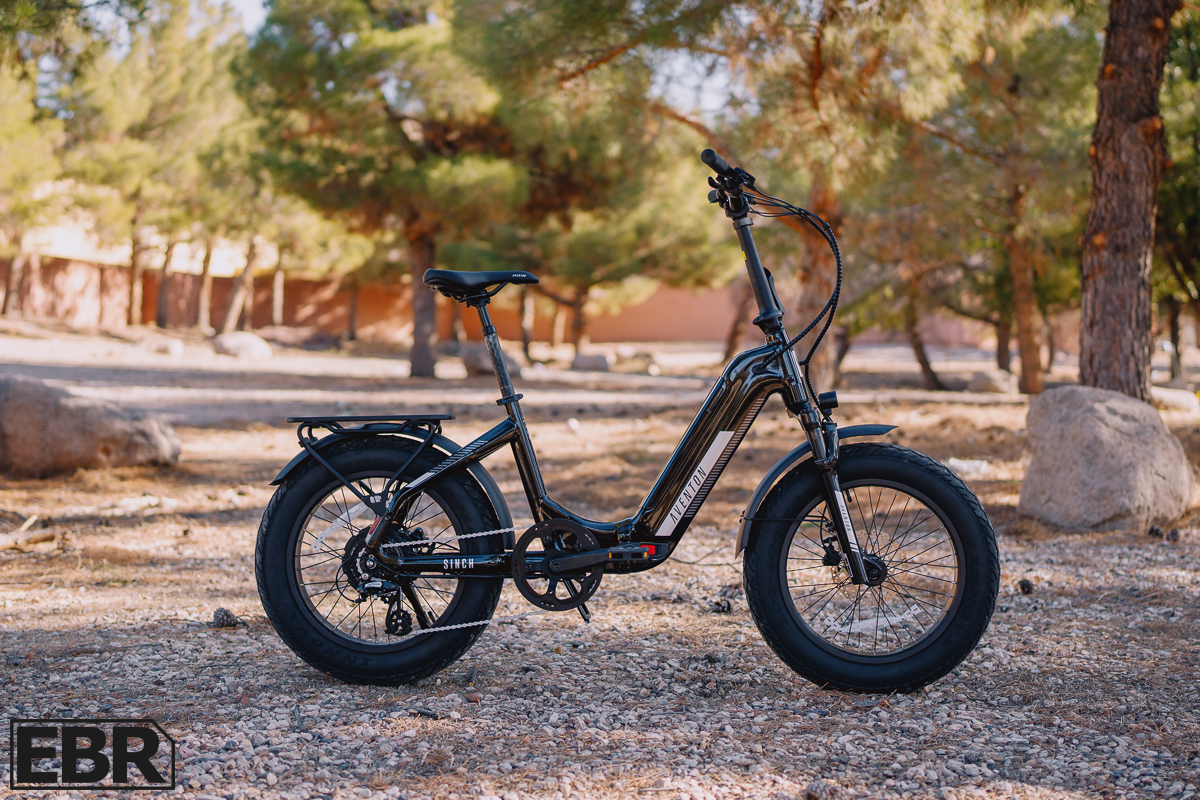
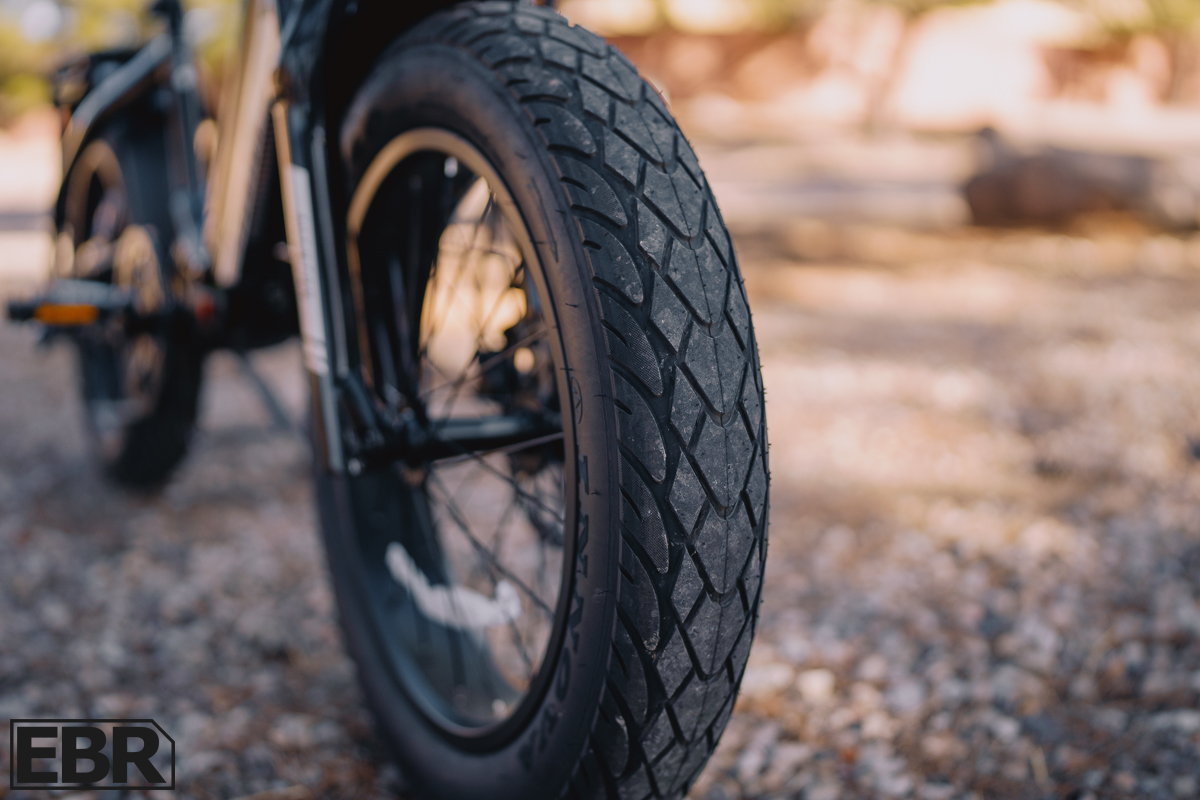
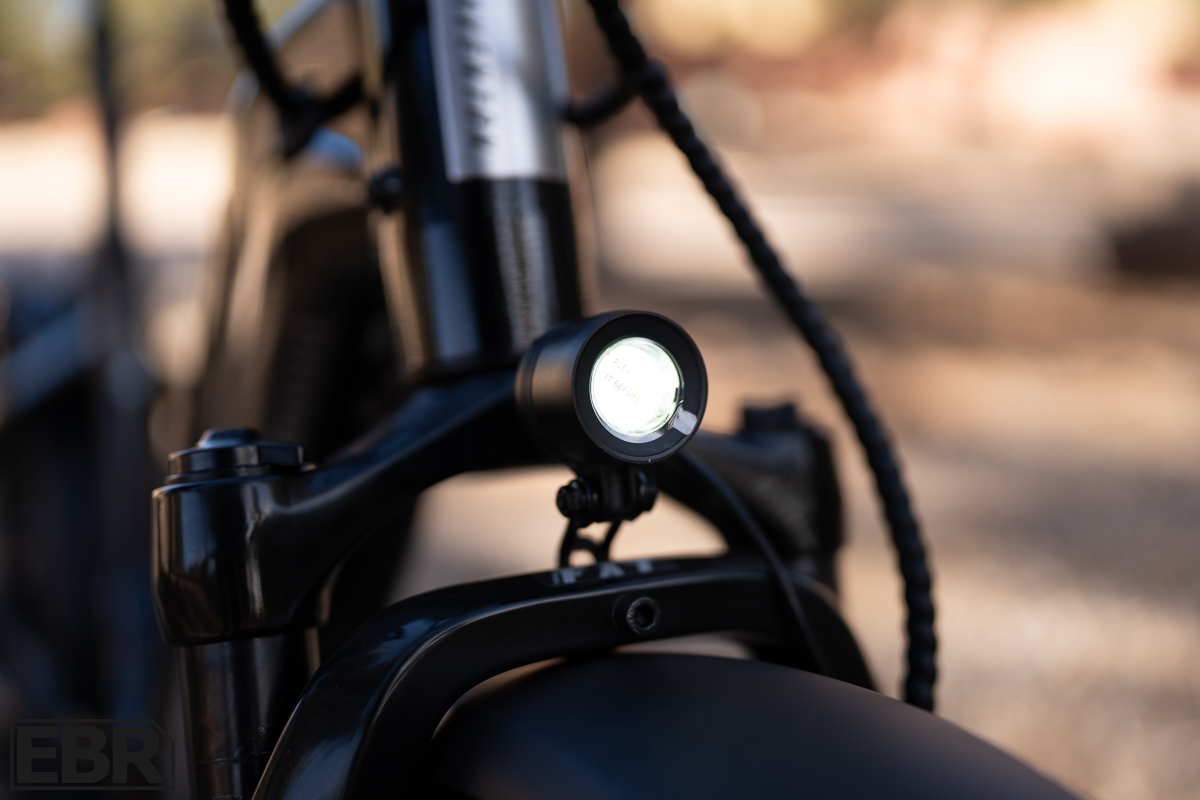
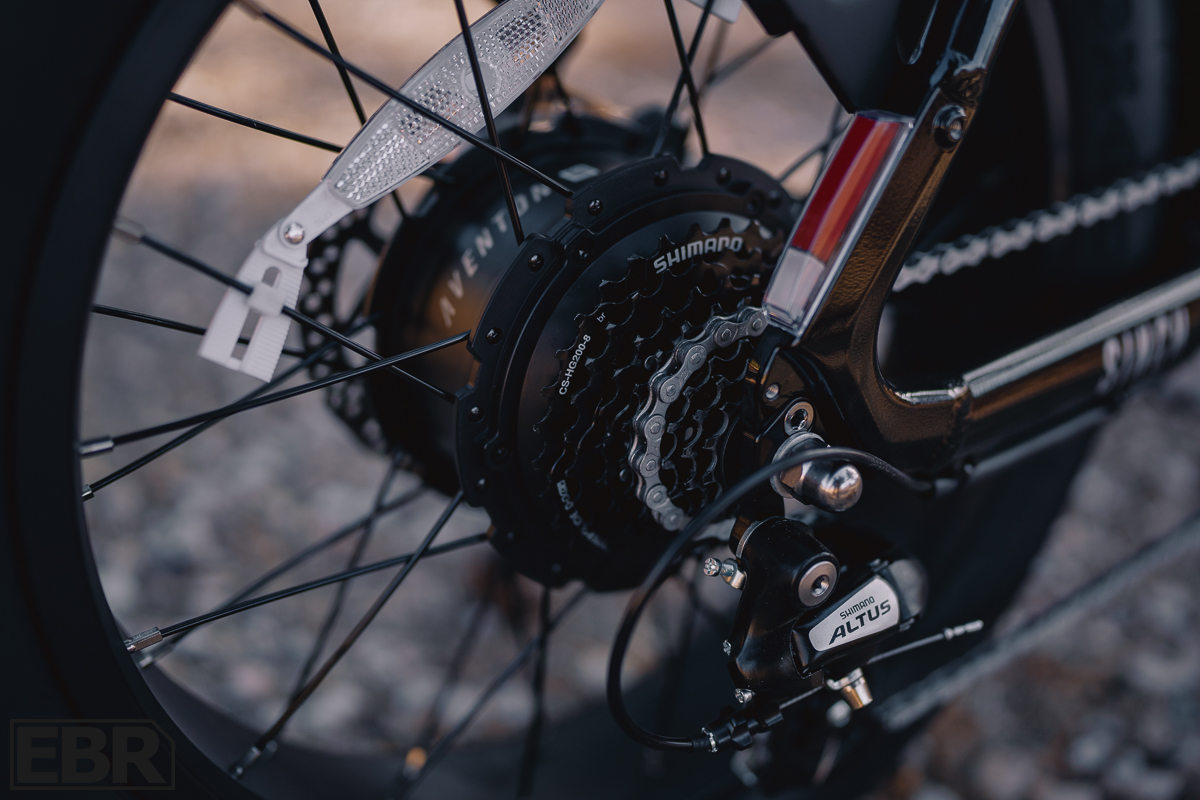
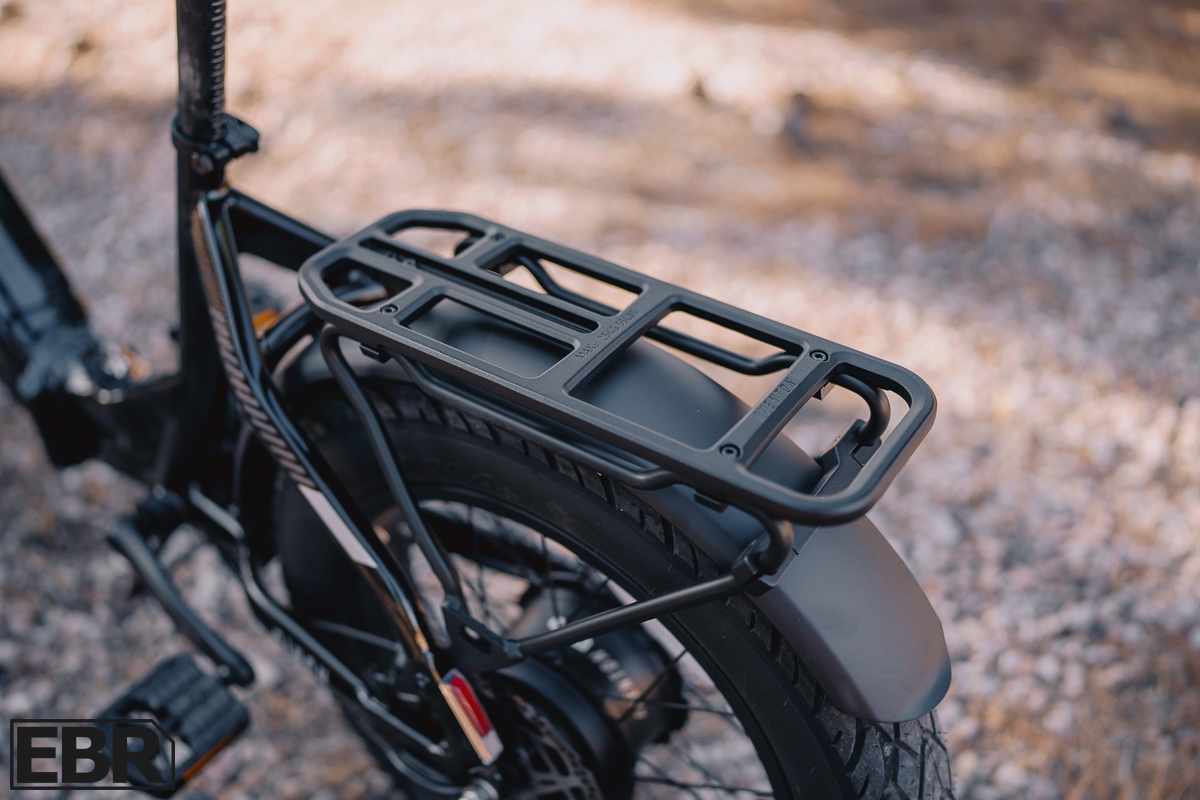
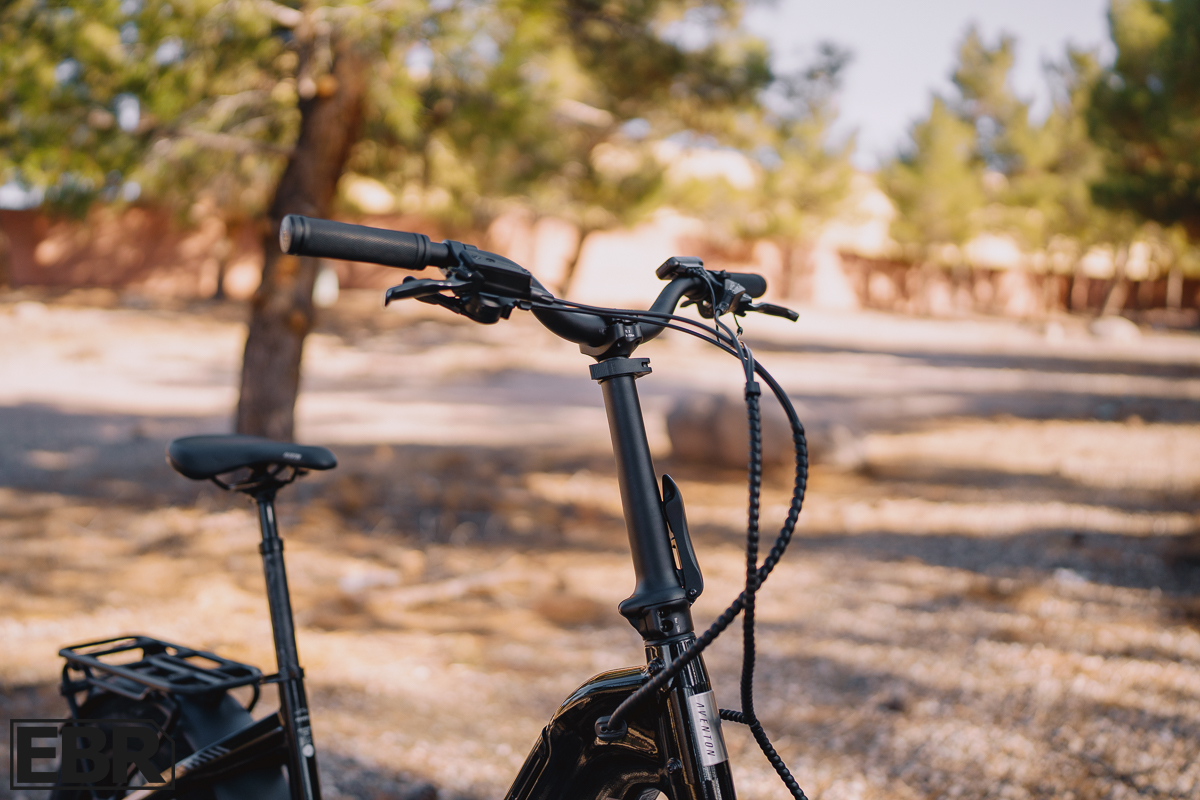

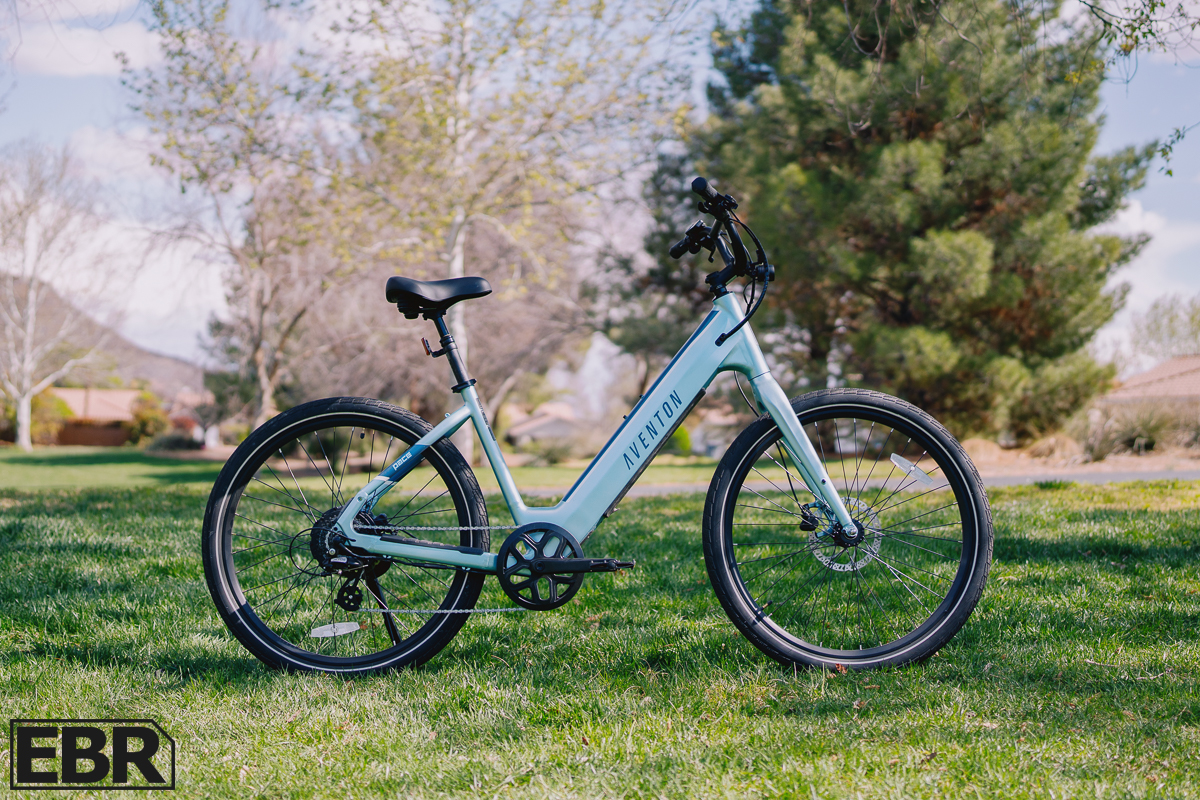
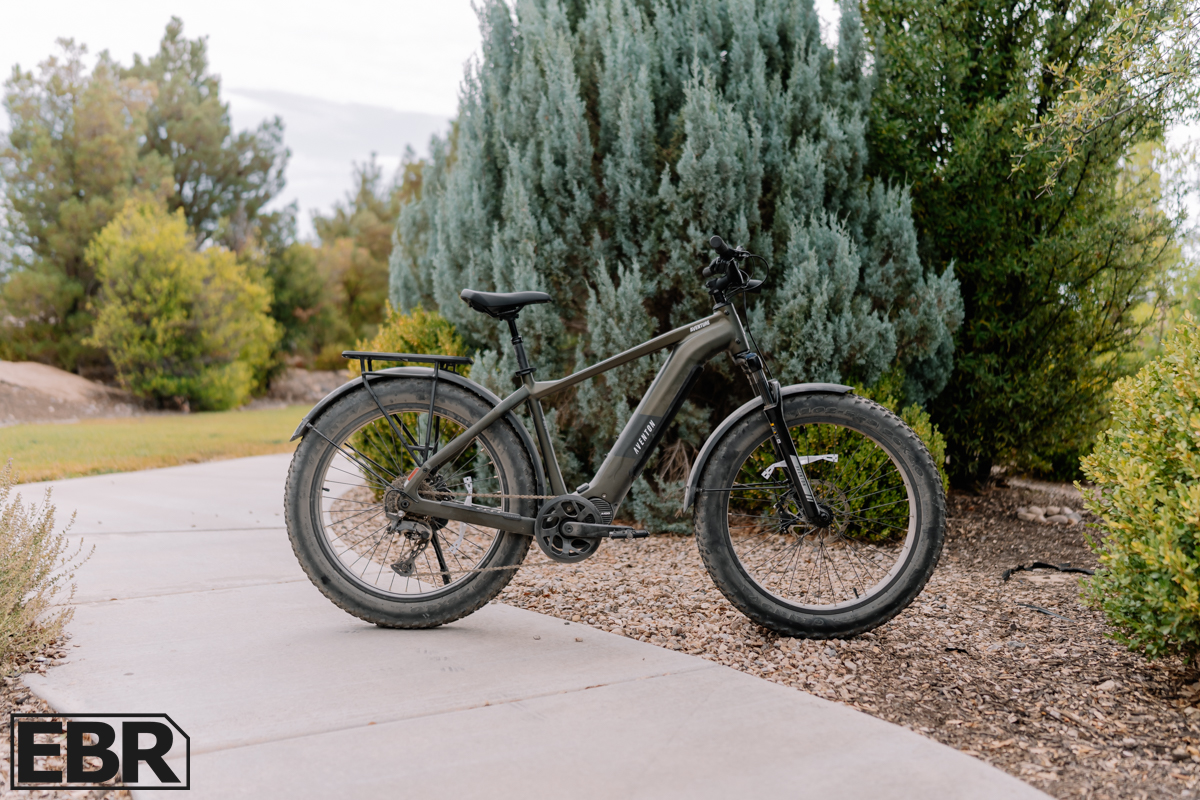
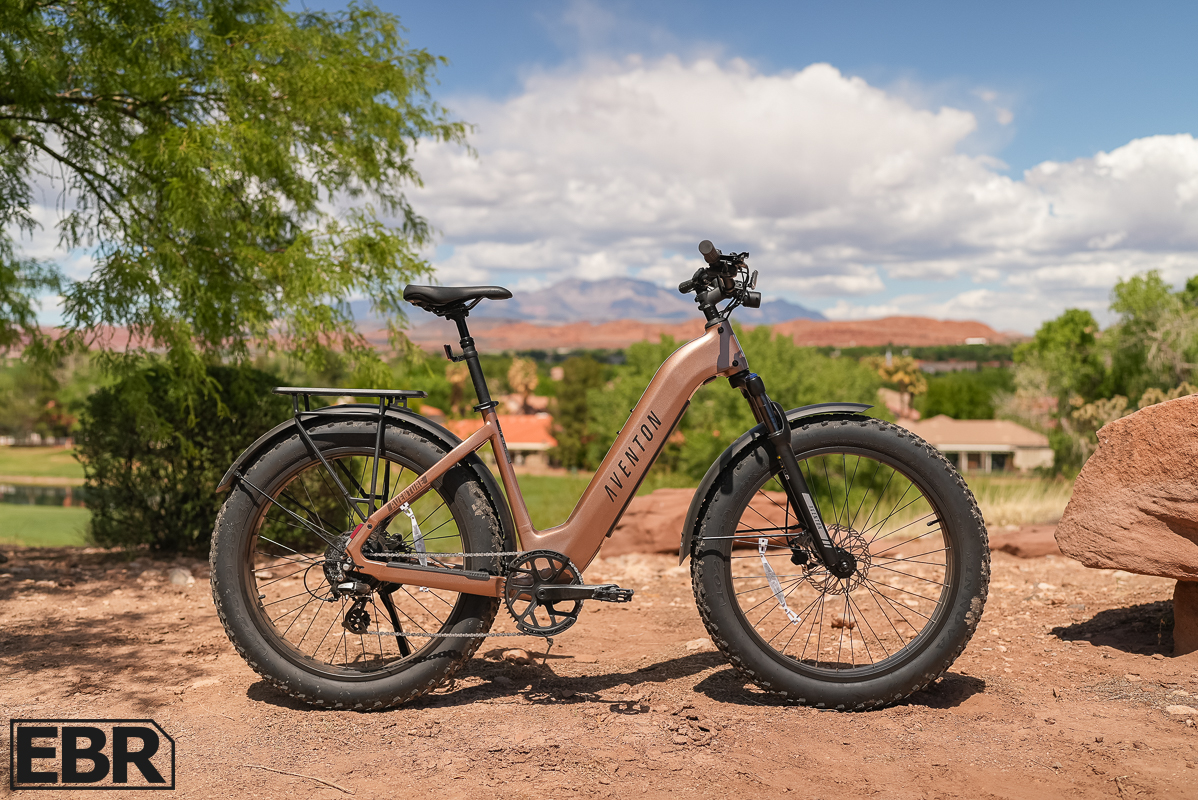


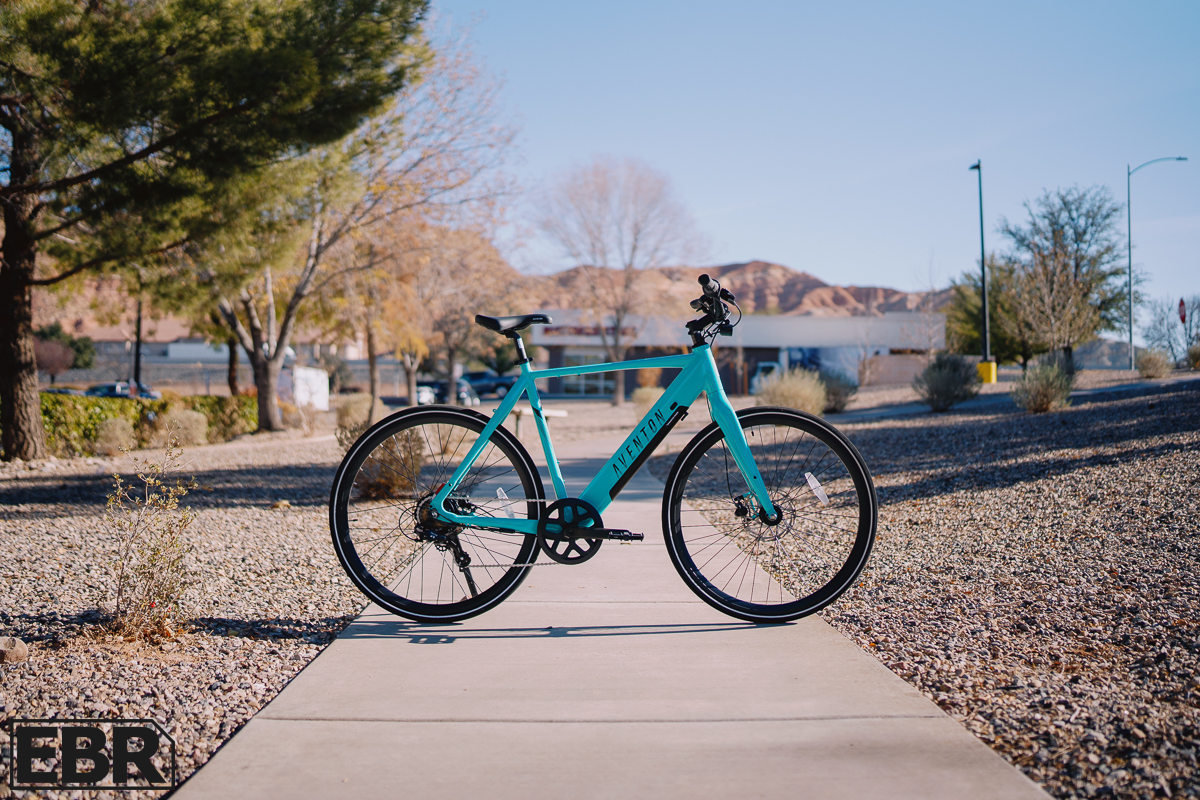
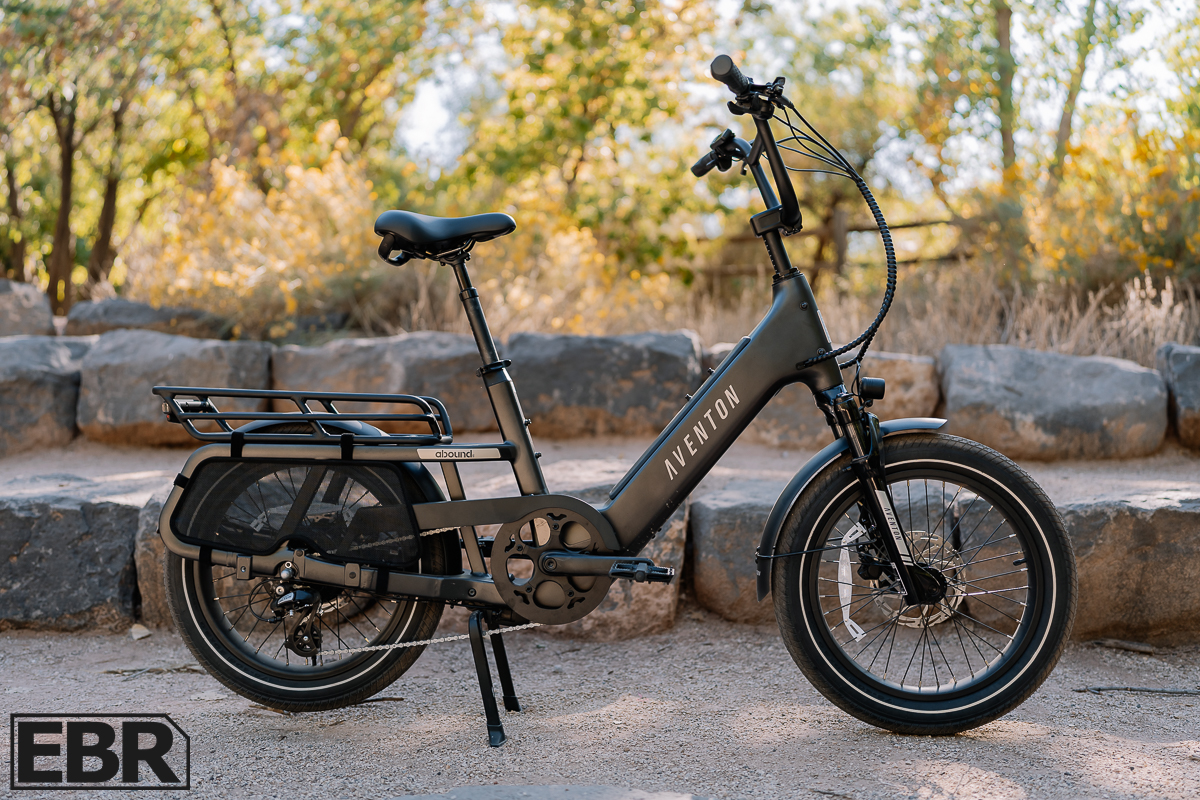
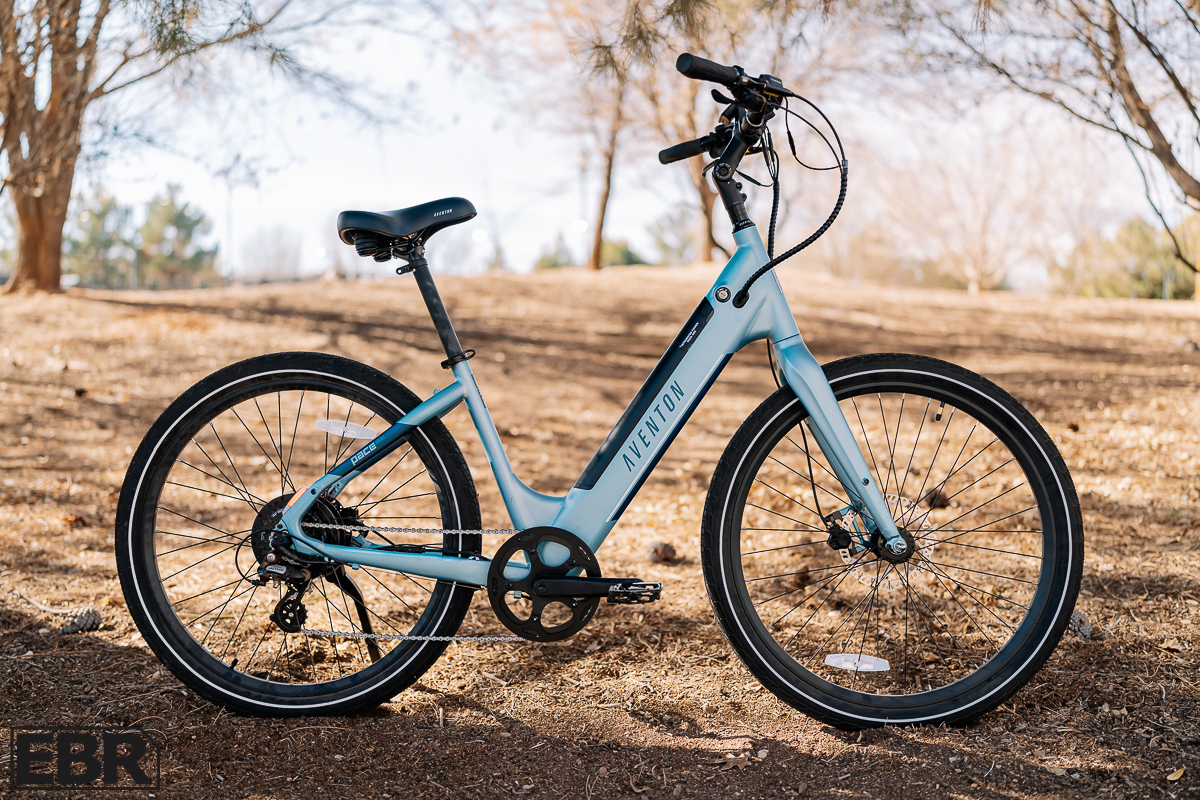
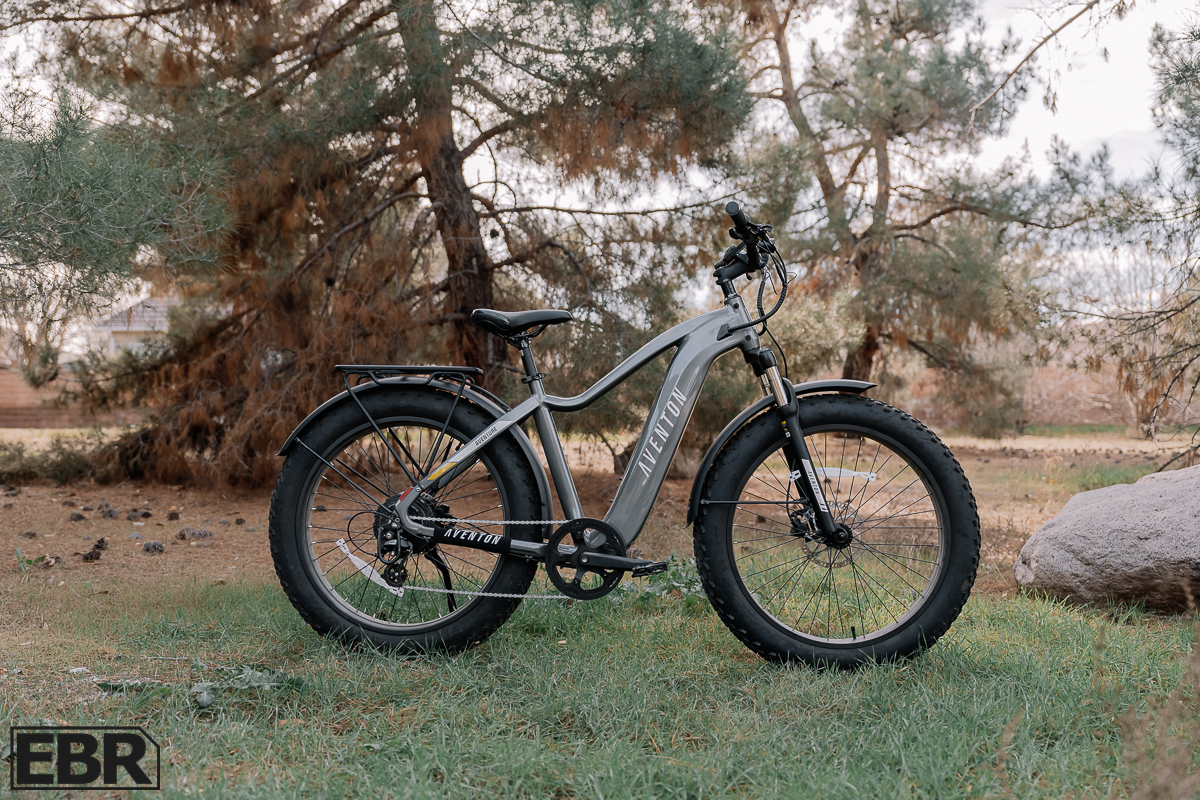
Reader Interactions